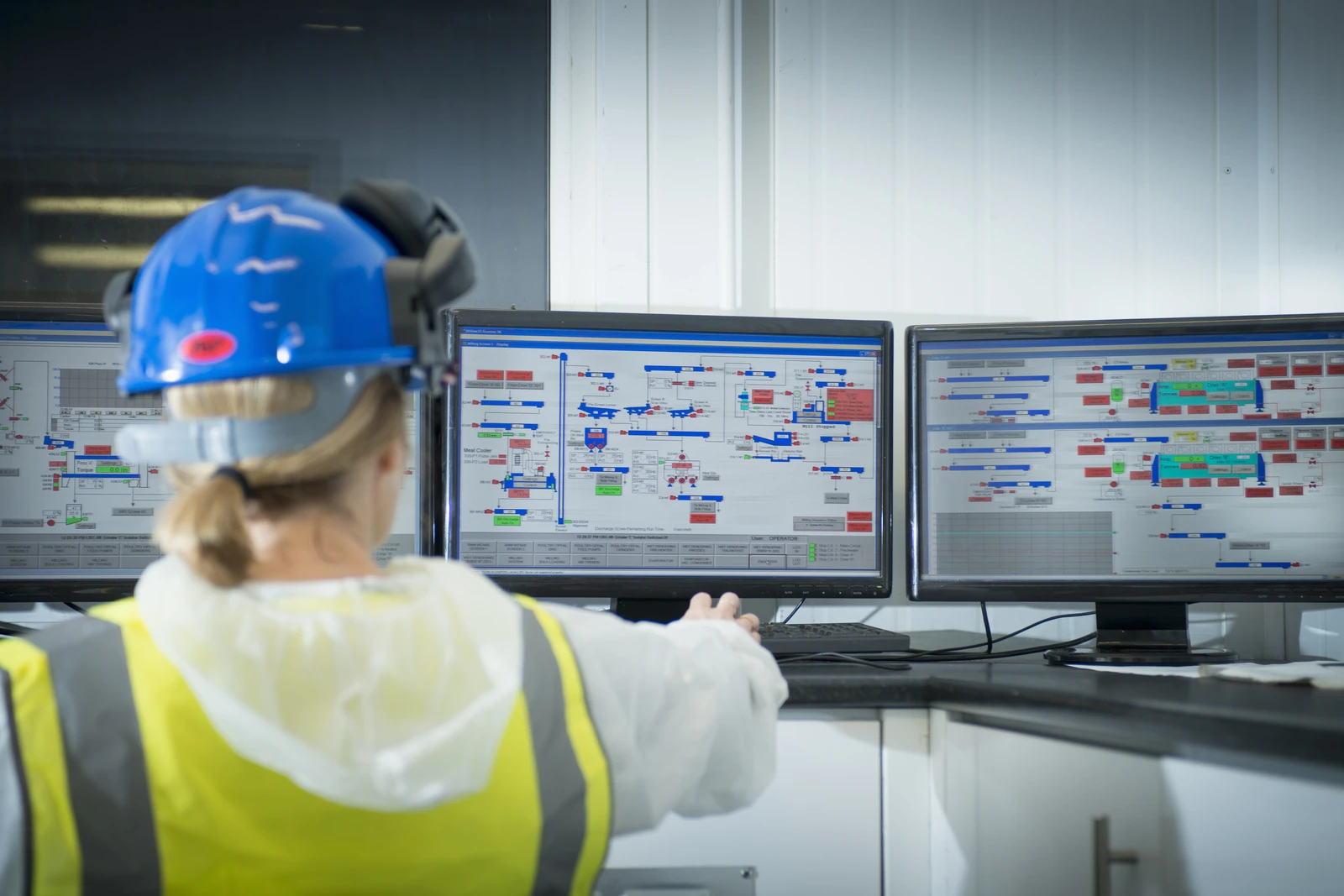In today’s rapidly advancing technological landscape, the Internet of Things (IoT) is playing a significant role in revolutionizing automated control systems across various industries. IoT devices, which can monitor and control industrial equipment, are improving the efficiency, safety, and productivity of operations. By enabling real-time data collection and communication between devices, IoT has become a crucial component of modern automation. For a comprehensive understanding of automated control systems, check out The Complete Guide to Automated Controls for Industrial and Commercial Applications.
This blog will explore how IoT is integrated into automated control systems and the benefits it offers to businesses looking to streamline operations and stay competitive in today’s digital economy.
The Basics of IoT in Automation
The Internet of Things (IoT) refers to a network of connected devices that collect and share data in real time. In the context of automated control systems, IoT sensors and devices monitor everything from equipment performance and energy usage to environmental conditions. This data is then analyzed by automated systems to make adjustments, improve efficiency, and prevent equipment failures.
For example, in a manufacturing plant, IoT devices can monitor the temperature of machines and send alerts when the temperature exceeds safe levels. Automated systems can then take action, such as shutting down equipment to prevent damage or adjusting cooling systems to restore normal operating conditions.
By integrating IoT with automated control systems, businesses can create a smarter, more responsive operational environment that reacts to real-time data and optimizes performance.
How IoT Enhances Real-Time Monitoring
One of the most significant advantages of IoT in automated control systems is its ability to provide real-time monitoring and data collection. IoT devices constantly gather data from sensors, which is then processed and analyzed to help operators make informed decisions quickly.
In industries like manufacturing, real-time monitoring enables operators to track the status of equipment and processes in real time, reducing the risk of unexpected downtime. Additionally, real-time data allows businesses to detect inefficiencies in their operations, such as energy waste or underperforming equipment, and make adjustments on the fly.
This level of real-time control provides businesses with greater flexibility and efficiency, allowing them to respond to changing conditions more effectively.
Improving Predictive Maintenance with IoT
IoT also plays a vital role in predictive maintenance, which helps companies identify potential equipment failures before they happen. IoT sensors monitor key performance indicators (KPIs), such as temperature, vibration, and pressure, to detect early signs of wear and tear.
With this data, automated control systems can alert maintenance teams to schedule repairs before a breakdown occurs, reducing downtime and avoiding costly repairs. Predictive maintenance not only extends the life of equipment but also ensures that operations run smoothly and efficiently.
Reducing Energy Consumption with IoT
Another major benefit of IoT in automation is its ability to help businesses reduce energy consumption. IoT devices can monitor energy usage in real time and provide insights into how much energy different processes and machines are using. By analyzing this data, businesses can optimize their energy consumption, reducing waste and lowering costs.
For example, IoT-enabled HVAC systems can adjust temperature settings based on occupancy and environmental conditions, ensuring that energy is only used when necessary. Similarly, in industrial facilities, IoT devices can identify machines that are consuming excess energy and adjust settings to reduce consumption.
By leveraging IoT to optimize energy usage, businesses can significantly reduce their carbon footprint and improve sustainability.
The Future of IoT in Automation
As IoT technology continues to evolve, its role in automated control systems will become even more important. The integration of Artificial Intelligence (AI) and Machine Learning (ML) with IoT devices will allow automated systems to learn from data, make smarter decisions, and further optimize operations.
AI-driven automation systems will be able to predict equipment failures more accurately, optimize production processes in real time, and make adjustments based on environmental conditions, all without human intervention. As IoT becomes more widespread, businesses that invest in this technology will be better positioned to stay competitive in an increasingly automated world.
Optimize Your Operations with IoT and Automated Control Systems
The Internet of Things (IoT) is transforming automated control systems, providing businesses with greater control, efficiency, and flexibility. By integrating IoT into automation, companies can improve real-time monitoring, enhance predictive maintenance, reduce energy consumption, and optimize overall performance.
If you’re ready to explore how IoT and automated control systems can revolutionize your operations, schedule a consultation with TRLINK. Our experts will help you implement the latest IoT-enabled automation solutions tailored to your specific needs.


